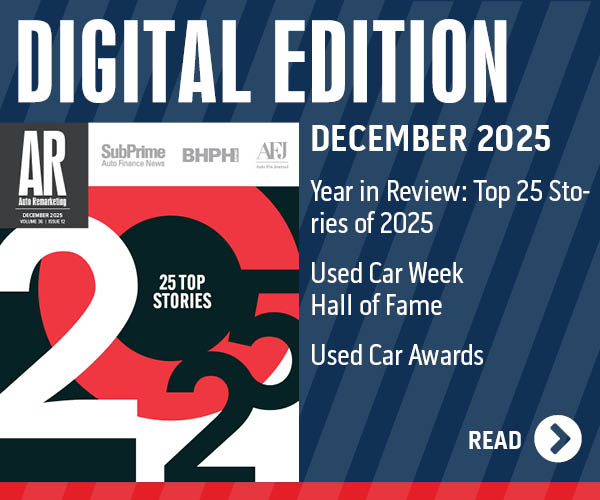Study: Branded audio systems well worth the cost

A 2018 Porsche 911 GT2 RS. Photo credit: OATTY OATTY / Shutterstock.com.
By subscribing, you agree to receive communications from Auto Remarketing and our partners in accordance with our Privacy Policy. We may share your information with select partners and sponsors who may contact you about their products and services. You may unsubscribe at any time.
COSTA MESA, Calif. –
When vehicle owners opt for branded audio systems, the cost is worth the value it brings to those owners and the manufacturers. That is according to Brent Gruber, who is the senior director of the automotive quality practice at J.D. Power.
“Specifically, when consumers are happy with their branded audio system experience, it ultimately moves the needle on overall satisfaction of the vehicle experience,” Gruber said in a news release.
According to the J.D. Power 2019 Multimedia Quality and Satisfaction Study, branded audio is having a positive impact on how satisfied owners are with in-car multimedia technology and how satisfied they are with the vehicle.
The study also showed that manufacturers of the technology are doing well in keeping the number of reported problems down. For the fourth year in a row, the overall number of problems reported with audio, communication, entertainment and navigation technologies — or ACEN technologies — has also decreased.
Although the branded audio system option is readily available in premium vehicles, manufacturers of non-premium vehicles should also think about offering the upgrade more often, Gruber said. That, he said, could increase owner satisfaction and add the benefit of increased sales.
The study ranked how the vehicle manufacturers are doing in the area of branded audio system performance. Top-performing vehicles by segment are:
Subscribe to Auto Remarketing to stay informed and stay ahead.
By subscribing, you agree to receive communications from Auto Remarketing and our partners in accordance with our Privacy Policy. We may share your information with select partners and sponsors who may contact you about their products and services. You may unsubscribe at any time.
— Small: Hyundai Accent
— Compact: Kia Soul
— Midsize: Hyundai Santa Fe
— Large: Nissan Titan
— Small Premium: Mercedes-Benz GLA
— Compact Premium: Genesis G70
— Midsize Premium: Audi Q8 and Porsche 911 (tied)
— Large Premium: BMW 7 Series
The study analyzes vehicle owner experiences with the quality, design, and features of their automotive sound system, including hands-free features.
J.D. Power says that by focusing on “things gone wrong” and design satisfaction “things gone right,” with audio/multimedia system quality, the study serves as a strong tool for developing and marketing new and existing audio/multimedia systems.
The study also provides competitive analysis and multimedia supplier sourcing information for every model sold in the United States. J.D. Power says that information is a strong benchmarking tool that allows manufacturers and suppliers to identify strengths and weaknesses.
The study measures vehicle owners’ opinions and experiences in the first 90 days of ownership in the areas of quality, design and features of their ACEN system. The study determines multimedia system quality by the number of problems experienced per 100 vehicles, or PP100. A lower score reflects higher quality.
J.D. Power says the availability of hands-free communication technologies is “rapidly becoming ubiquitous.”
More vehicle owners are bringing compatible multimedia devices into their vehicles, but many states don’t allow use of handheld devices in vehicles without a handsfree system, J.D. Power said.
“As hands-free technologies and capabilities are introduced into a larger number of models, quality problems with this functionality are more frequently being reported by vehicle owners and thus are becoming a top priority for manufacturers and suppliers,” J.D. Power said.


